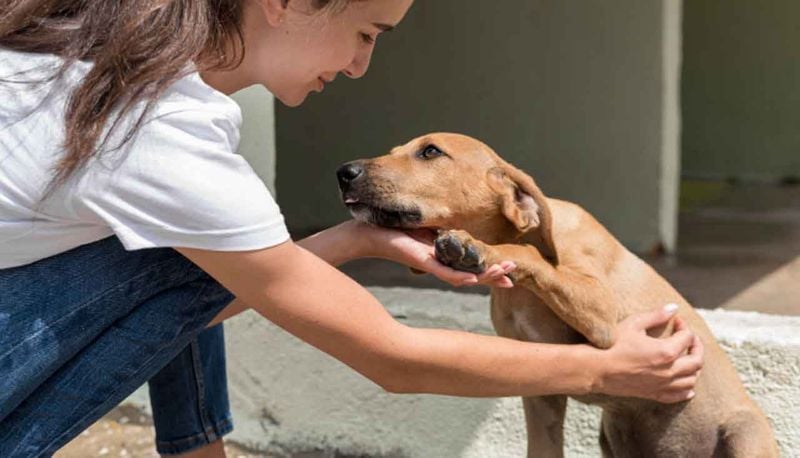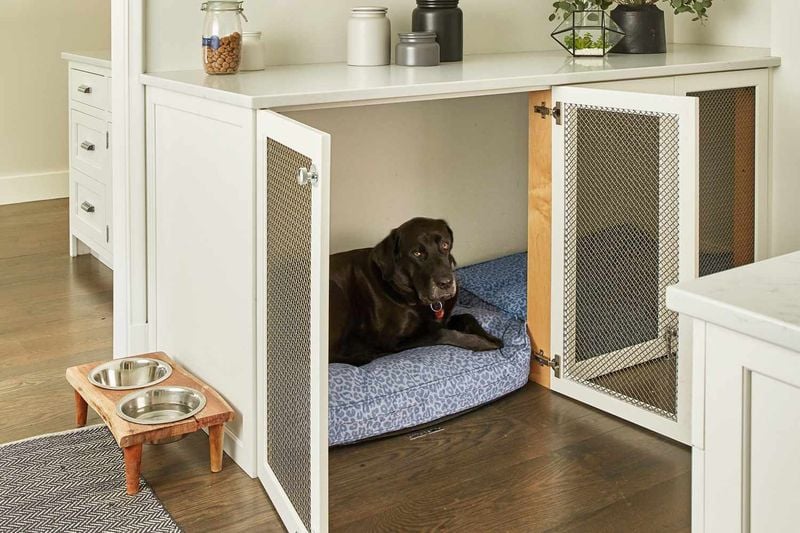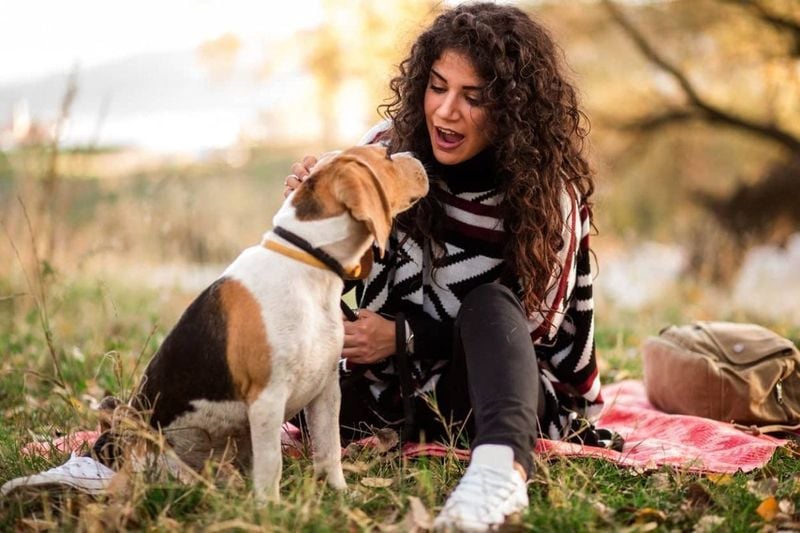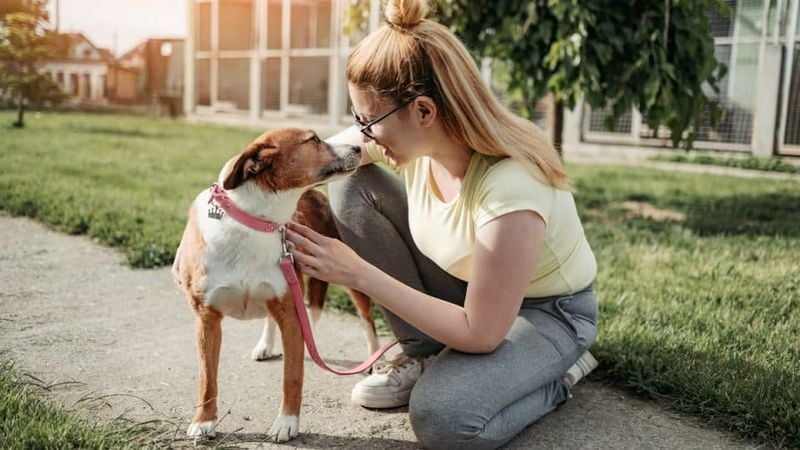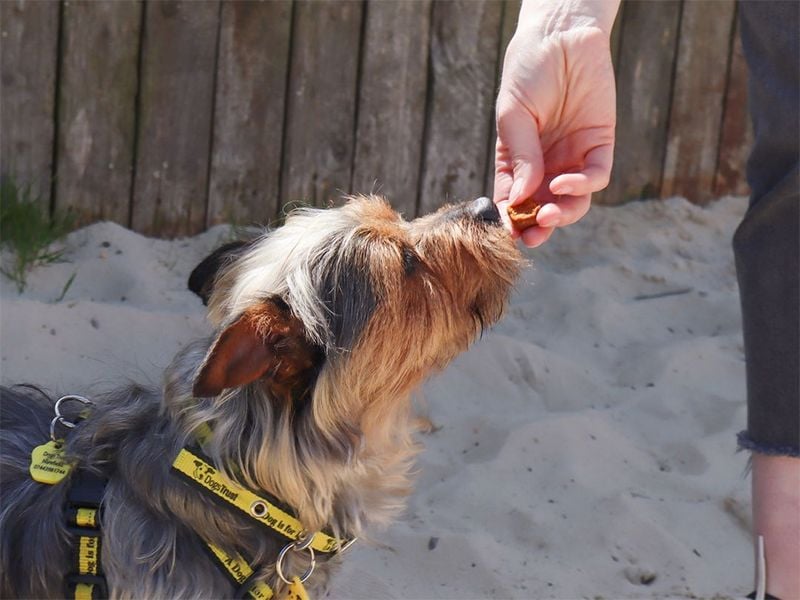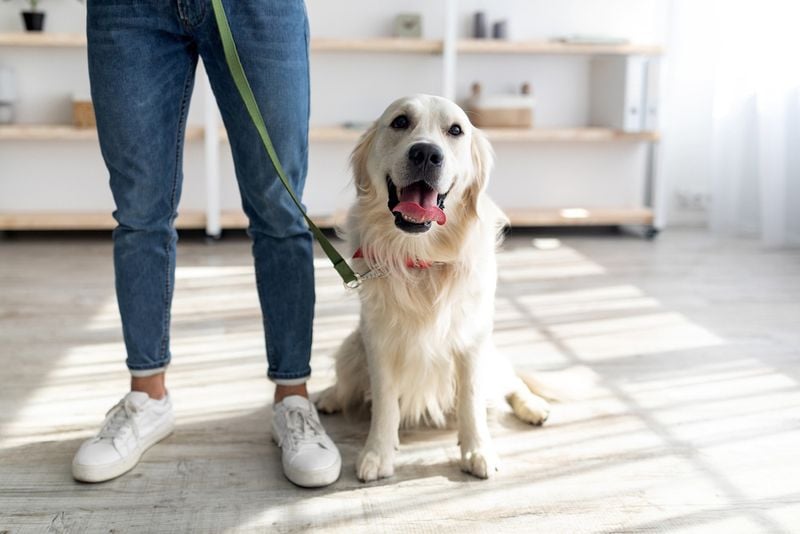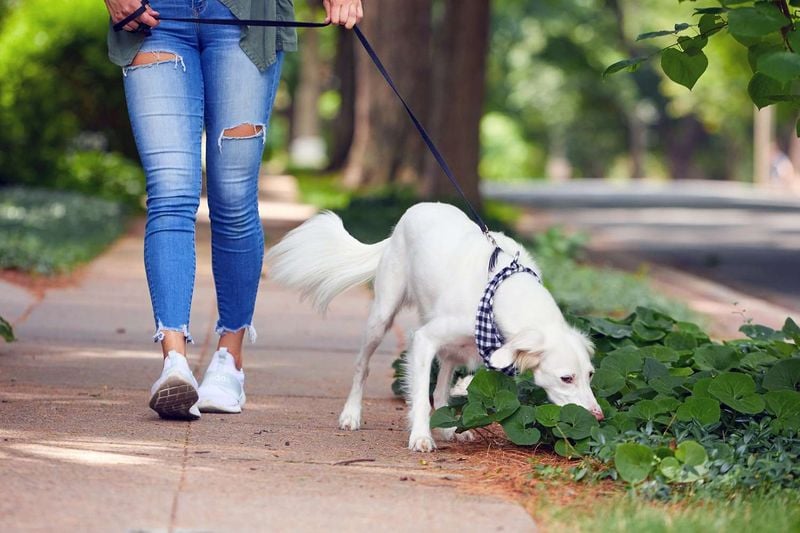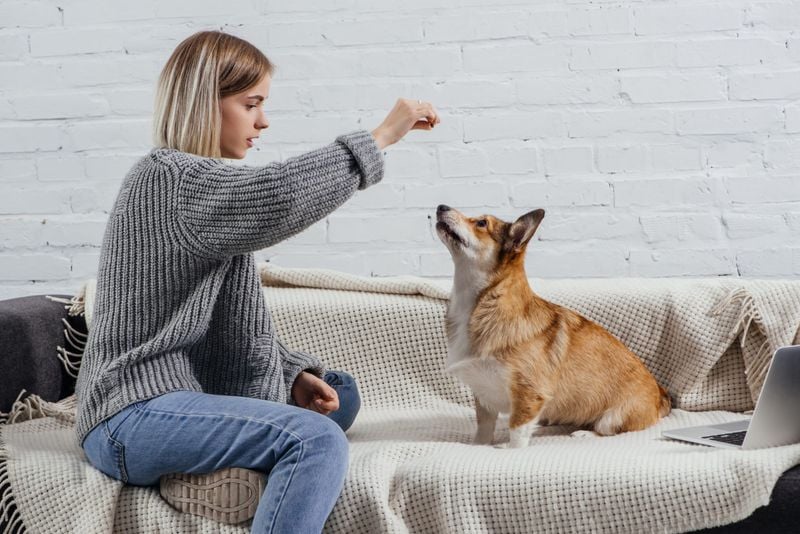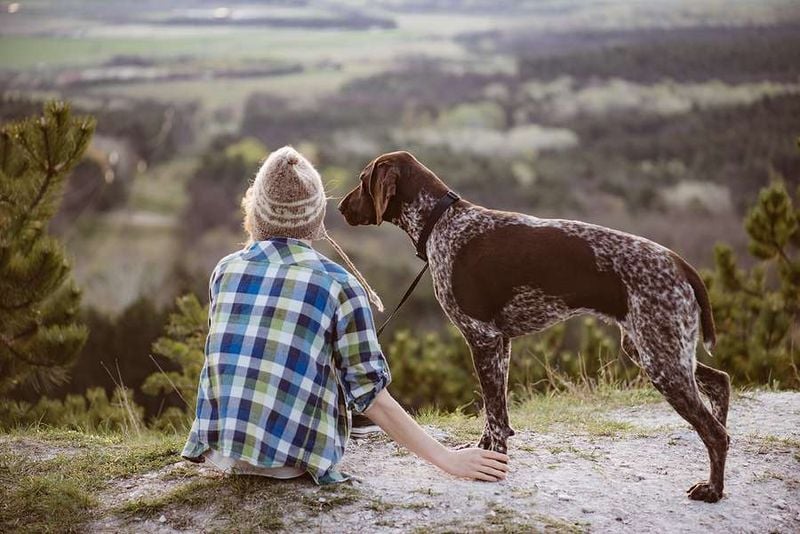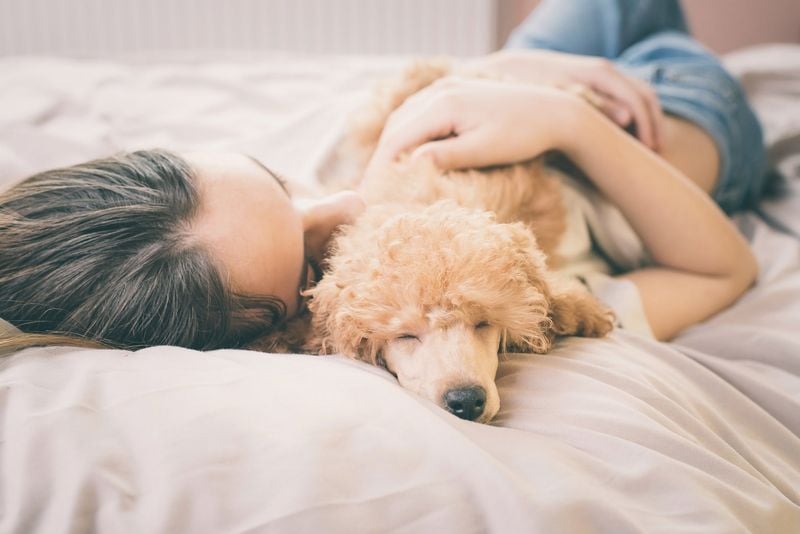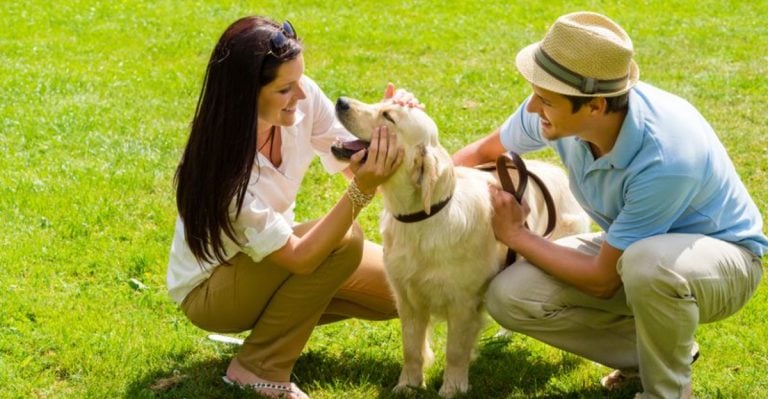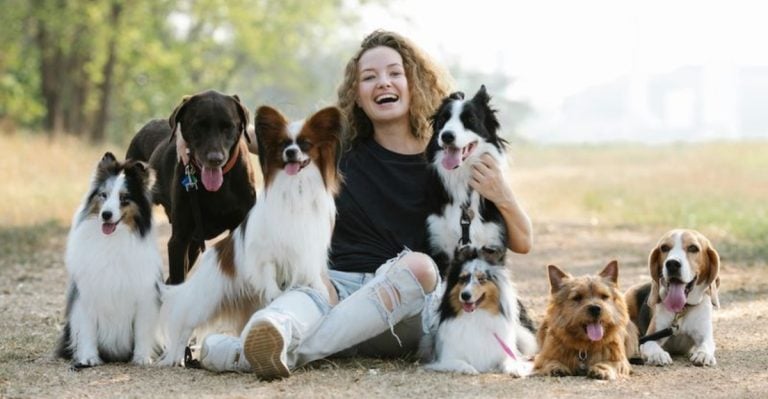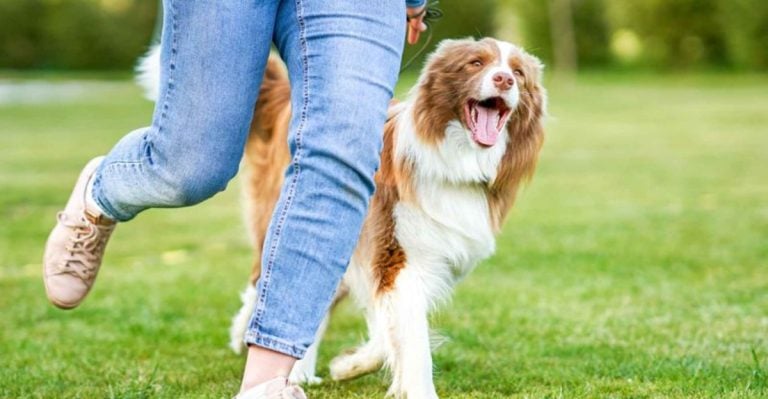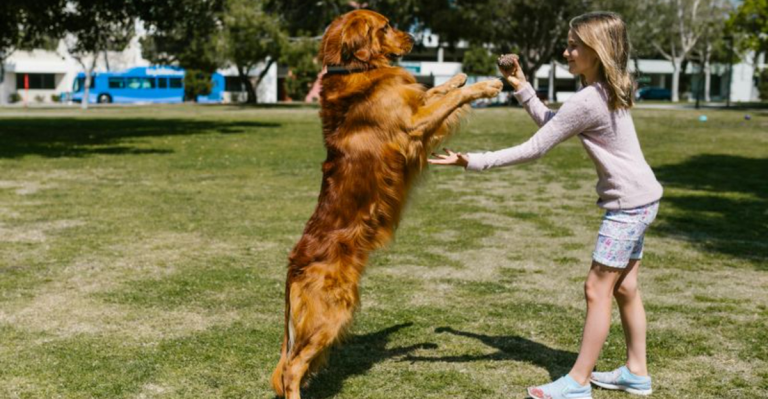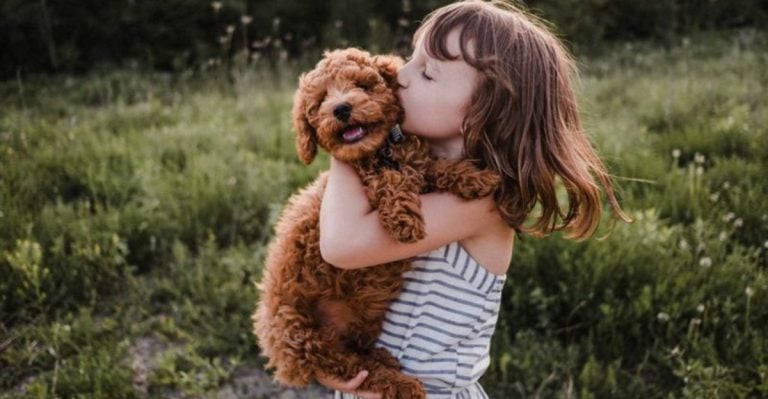These 13 Sweet Habits Will Help Your Rescue Dog Feel Safe Again
Bringing a rescue dog home is a beautiful act of love, but these furry friends often carry emotional baggage from their past.
Many rescue dogs have experienced trauma, neglect, or abandonment that can make them fearful in new environments.
Helping your new companion feel secure again requires patience, understanding, and consistent care and attention. These sweet habits will transform your home into a sanctuary where your rescue dog can heal and learn to trust again.
1. Create a Predictable Daily Schedule
Dogs thrive on routine—it’s their security blanket in an unpredictable world. When your rescue pup knows exactly when meals, walks, and playtime happen, their anxiety levels naturally decrease.
For a dog who’s experienced chaos, knowing that breakfast comes after your shower and walks follow dinner provides tremendous comfort. Their internal clock will soon sync with your household rhythm.
Keep weekends similar to weekdays if possible. The consistency helps your new friend understand that their basic needs will always be met, building the foundation for deeper trust.
2. Design a Cozy Retreat Space
Every rescue dog deserves their own special sanctuary within your home. This dedicated space—whether it’s a crate with a soft blanket or a quiet corner with a plush bed—becomes their personal refuge when feeling overwhelmed.
Fill this area with comfort items like a gently used t-shirt carrying your scent. The familiar smell will reassure them even when you’re not physically present.
Never force your dog into their safe space or use it as punishment. When they choose to retreat there, respect their boundaries completely—this teaches them they have control over their comfort.
3. Master the Art of Gentle Communication
Your voice is a powerful tool for building trust with your rescue dog. High-pitched, excited tones can trigger anxiety in fearful dogs, while deep, angry voices might remind them of past trauma.
Practice speaking in soft, melodic tones especially during stressful moments. Your calm voice becomes an anchor during thunderstorms, fireworks, or unexpected visitors.
Combine soothing words with relaxed body language—avoid looming over your dog or making sudden movements while speaking. This consistent gentleness helps rewrite negative associations from their past and creates new, positive connections.
4. Practice Deliberate, Slow Movements
Quick movements can trigger a rescue dog’s fight-or-flight response, especially in those who’ve experienced physical abuse. Making a conscious effort to move slowly around your new companion builds a foundation of safety.
When approaching your dog, avoid coming directly toward their face. Instead, approach from the side with a relaxed posture, giving them time to process your presence.
Hand movements deserve special attention—reach slowly for toys, food bowls, or when offering pets. This mindful approach helps your dog learn that human hands bring good things, not harm.
5. Honor Their Personal Space Bubble
Rescue dogs often need larger personal space bubbles than dogs raised in stable environments. Respecting these invisible boundaries is crucial for building trust with your new family member.
Watch for subtle signs that your dog feels crowded—lip licking, looking away, stiffening, or backing up. These signals are their polite way of asking for more space.
Let your dog initiate physical contact whenever possible. When they choose to approach you for affection, they’re building confidence in their ability to control interactions, which is empowering for a dog who may have felt helpless in the past.
6. Reward Brave Moments Generously
Positive reinforcement works wonders with rescue dogs who are learning to navigate a new world. Keep treats in your pockets to immediately reward small acts of courage—approaching a new person, walking past a scary object, or trying a new experience.
Your timing matters tremendously. The reward must come within seconds of the brave behavior to create the right association in your dog’s mind.
Beyond treats, use enthusiastic (but not overwhelming) praise and gentle pets in their favorite spot. This three-pronged approach—food, words, and touch—helps your dog understand that facing fears leads to wonderful outcomes.
7. Filter Out Overwhelming Environments
Rescue dogs often struggle with sensory overload in busy environments. Your role as their protector includes carefully managing their exposure to potentially stressful situations.
Start with quiet walks during off-hours before gradually introducing busier settings. Watch their body language closely—pinned ears, tucked tail, or freezing behavior signals it’s time to move to a calmer space.
When hosting gatherings, create a quiet room where your dog can retreat. Giving them this escape option prevents anxiety from building to unmanageable levels and teaches them they can count on you to protect their emotional wellbeing.
8. Build Trust Through Careful Eye Contact
Direct staring can feel threatening to dogs, especially those with difficult pasts. Instead of sustained eye contact, practice the “soft eye” technique—looking slightly to the side of your dog with relaxed eyelids.
When your dog voluntarily meets your gaze, reward this trust with a soft smile and perhaps a treat. These brief, positive eye connections gradually teach them that human attention isn’t dangerous.
Try the “eye contact game”—hold a treat near your eye, and when your dog glances up to look at it, immediately reward them. This playful approach transforms potentially scary eye contact into a fun bonding activity with positive associations.
9. Allow Plenty of Sniffing Adventures
Sniffing is your dog’s primary way of gathering information about their world. For rescue dogs, thorough sniffing provides mental stimulation and builds confidence as they learn about their new environment.
Designate certain walks as “sniffing walks” where your dog sets the pace and direction. These explorations give them a sense of control that’s especially healing for dogs who’ve had little choice in their previous lives.
Consider scent-based games at home too. Hide treats around a room or use snuffle mats that encourage natural foraging behaviors. These activities tap into your dog’s strongest sense while building their problem-solving abilities.
10. Introduce Play as a Bridge to Bonding
Many rescue dogs have never learned how to play, making this natural dog behavior something you may need to teach. Start with low-pressure games that don’t require direct interaction—rolling a ball nearby without expecting retrieval.
Pay close attention to what sparks their interest. Some dogs prefer tug games that allow them to maintain some distance, while others might enjoy gentle chase games where they’re the pursuer, not the pursued.
Keep play sessions short and always end on a positive note. As your dog discovers the joy of play, they’re also learning that good things happen when they interact with you—a powerful lesson in trust.
11. Develop Clear Signals for Daily Activities
Rescue dogs find tremendous comfort in knowing what happens next. Creating consistent cues for daily activities helps them predict their world, reducing anxiety about the unknown.
A specific phrase before meals, a particular jingle of keys before walks, or a certain light turned on before bedtime becomes their roadmap through the day. These signals work like promises—when they hear the walk cue, they learn to trust that a walk truly follows.
Maintain these cues even as your dog becomes more confident. The predictability continues to provide security, much like familiar landmarks guide us through new territories.
12. Navigate Setbacks with Steady Patience
Recovery isn’t a straight line for rescue dogs. Your pup might suddenly become frightened by something they seemed fine with last week, or regress in training during stressful times.
When setbacks occur, avoid showing frustration. Your calm acceptance teaches them that mistakes don’t lead to rejection—a powerful lesson for dogs who may have been abandoned for normal canine behaviors.
Return to basics during challenging periods. Simpler commands, quieter environments, and extra reassurance create a supportive atmosphere for rebuilding confidence. Your unwavering patience becomes the steady ground upon which your dog learns to trust again.
13. Offer Nighttime Companionship
Darkness often amplifies anxiety for rescue dogs, making bedtime particularly challenging. Sleeping nearby during their first weeks home provides tremendous comfort during this vulnerable time.
Consider placing their bed or crate in your bedroom, or temporarily sleeping on the couch if they’re more comfortable in a common area. Your steady breathing and presence reassures them they’re not alone in this new place.
As they gain confidence, you can gradually transition to your preferred sleeping arrangement. Even after this transition, maintaining a consistent bedtime routine with calming activities helps signal that nighttime is safe and peaceful.

